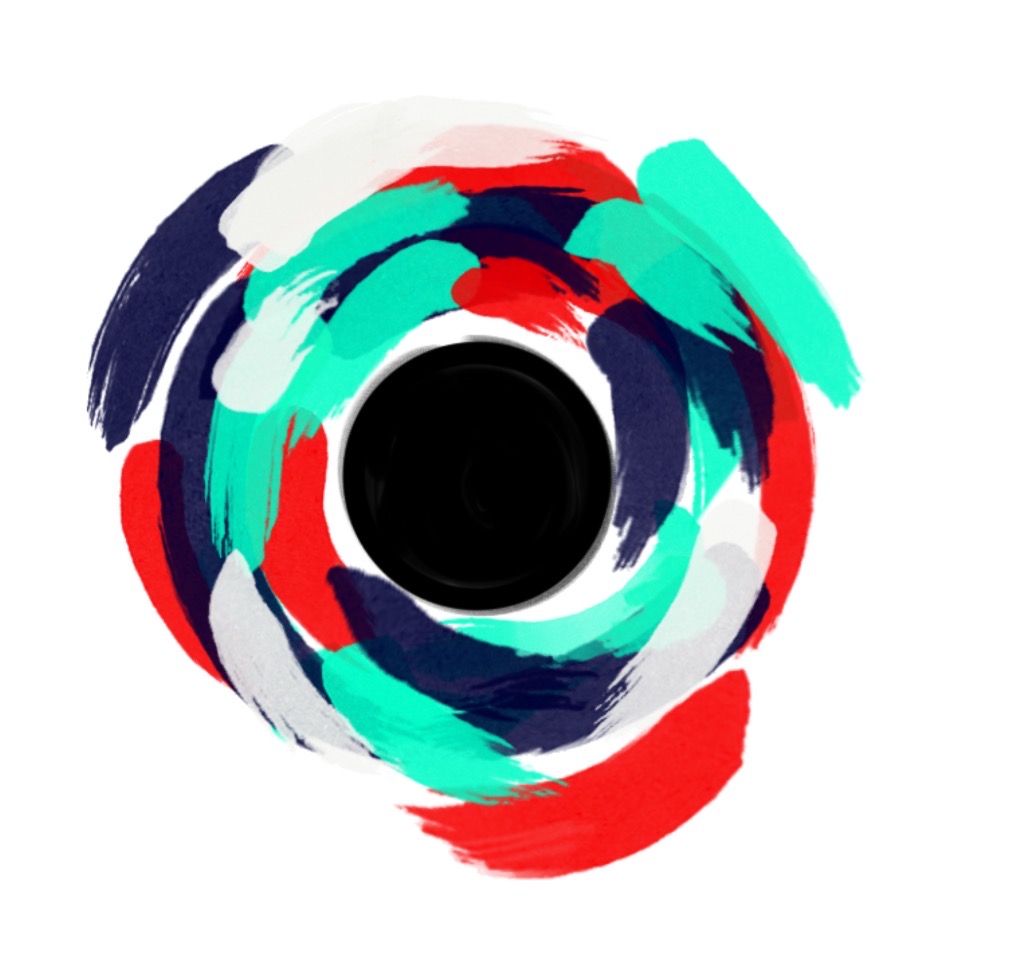Alright here goes:
1. My camera
I make sure to clean it as often as I can (the inside, the outside is covered in paint smudges) but that's about all care I take! It's often out of the bag, on my desk (as I edit) or hanging off my arm or wrist.
2. Lenses
I own one kit lense that came with the camera (18-55) and one macro lense (55-200) that I bought second- hand. I love the macro lense for architectural and other details but the kit lense is the one I use more often. For the work I do - generally art, portraits or cityscapes - it works quite well.
3. Tripod attachments
The one on the left is for my larger tripod and the one on the left is for my knock off gorilla pod. I use the gorilla pod to stabilize my photography and take photographs from a distance. The larger one is generally for art as the camera muse be at a 90 degree angle to canvas to avoid distortion. It allows me to adjust the tilt angle, height and rotation angle. If you're going to be using your camera to photograph your art, I would strongly recommend getting one.
4. Knock-off Gorilla pod
I got this really cheap, a few years back. So far, it has damaged my camera; it hasn't slipped or come off whatever I attached it to. I've even attached it to a roof to record a build in university and it was fine! I was very paranoid but it held!
5. Travel watercolors
I used to hate working with watercolors but I've taken to using them to add color to my travel sketchbook and for practice. It includes a pallete and 12 color blocks.
6. Travel Sketchbook
My travel sketchbook is pretty useful 'cause its like a notebook, sketchbook and planner all in one. I have ongoing pages of appointments, notes and reminders, architectural sketches, field notes and even color studies. It started off as a sketchbook but as I always have it on me, I began to use it for everything. And so far the system hasn't failed me!
7. My pen and watercolor brush
I use an artists pen (M) with waterproof ink. The watercolor brush also holds water so I don't have to worry about having a water dish.
8. SD cards and converter
I always have extra SD cards just in case one gets full or something goes wrong. The converter is so I can import directly into my iPad as that's where I manage my social media and edit photos.
9. A remote
Pretty self-explantory, its for when I can access the camera directly. I also use it when the camera is on the tripod; using the button can destabilize the photograph.
10. Filter case
I have UV filters, effect filters and even a few magnification lenses but I don't usually carry it around.









